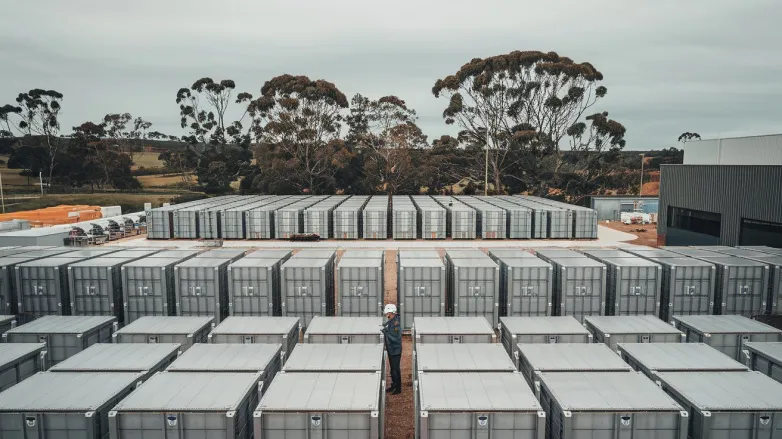Leeward Powers Up Four-Hour Battery at Chaparral Springs Solar Hub
- Leeward Renewable Energy activates an 88-MW/352-MWh battery at its Chaparral Springs solar park, delivering four-hour storage and peak power for California’s grid.

Leeward Renewable Energy has flipped the switch on an 88-MW/352-MWh battery energy-storage system (BESS) at its 174-MW Chaparral Springs solar park in Kern County, California, marking another milestone in the state’s race to firm up its growing clean-power fleet.
Designed for four hours of discharge, the lithium-ion array soaks up midday solar generation that would otherwise be curtailed and releases it after sundown, when California’s electricity demand typically peaks. The plant’s output is contracted under twin 15-year power-purchase agreements with Peninsula Clean Energy and Valley Clean Energy—two community-choice aggregators that supply roughly 450,000 customers across the Bay Area and Sacramento Valley.
Leeward chief operating officer Willem van der Ven said the project “underscores our commitment to delivering clean, reliable and affordable energy when Californians need it most,” noting that battery storage is now central to keeping the lights on as legacy gas and nuclear units retire.
The Chaparral Springs BESS is part of a broader 470-MW portfolio of six solar-plus-storage projects the Dallas-based developer plans to bring online across California over the next two years. Together, they will contribute to the state’s target of installing at least 5 GW of long-duration storage by 2035 under the California Public Utilities Commission’s latest procurement order.
California already tops 10 GW of grid-connected battery capacity, but officials warn that even more is required as solar eclipses gas as the state’s dominant generation source. By shifting excess daytime electrons into the evening ramp, co-located batteries help smooth price volatility on the CAISO wholesale market and reduce reliance on imported power during extreme heatwaves.
Chaparral Springs also delivers a local economic boost: the project supported more than 200 union construction jobs at its peak and will continue to employ a permanent operations crew, according to Leeward. The company worked with Kern-based suppliers and committed to workforce training programs that prioritize veterans and residents from disadvantaged communities.
With the battery now commercial, Leeward expects the combined solar-storage complex to supply enough carbon-free electricity to meet the annual needs of roughly 60,000 homes—while avoiding an estimated 140,000 tonnes of carbon emissions each year versus a gas-fired plant. As California heads into another high-demand summer, the Chaparral Springs hybrid stands ready to deliver power after sunset, proving once again that storage is fast becoming the backbone of the state’s clean-energy transition.
Also read


